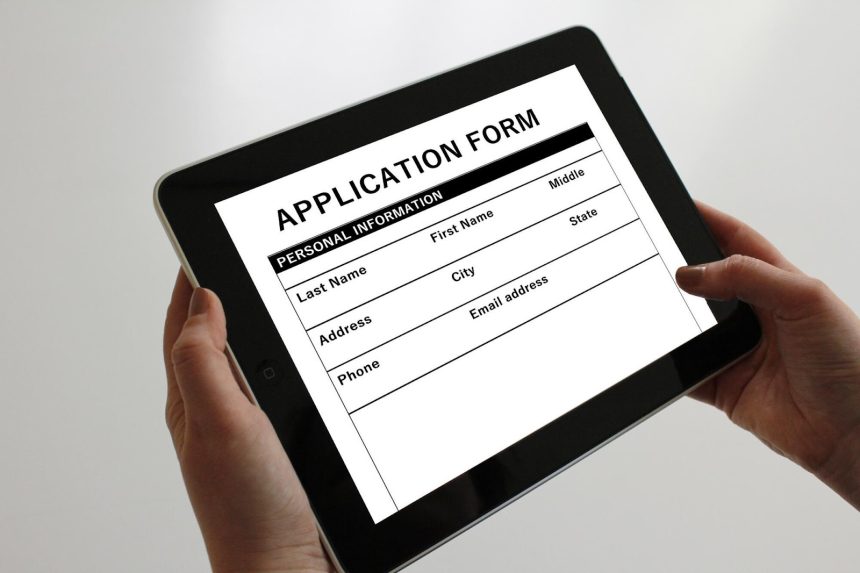When applying for a new job, do you ever wonder what makes a cover letter stand out from the rest? Many job seekers focus on their resumes, but a well-written cover letter can be just as powerful.
It gives you the chance to speak directly to the employer, show your personality, and highlight why you are the right person for the role. Designing a strong, clear, and polished cover letter can increase your chances of being noticed and invited for an interview.
1. Start with a Strong Opening
The first few lines of your cover letter are important because they set the tone. Begin with a confident and friendly greeting. If you know the hiring manager’s name, address them directly. This small detail can show effort and respect.
After your greeting, open with a sentence that captures attention. You might mention the job title and express genuine interest in the role. Keep your words clear and direct to avoid losing the reader’s focus.
Employers often scan through many applications, so your introduction should quickly show enthusiasm. Avoid overused phrases and instead focus on what makes you unique. A strong start helps your letter feel personal, professional, and engaging right away.
2. Tailor Each Letter to the Job
One of the most common mistakes applicants make is using the same cover letter for every job. Employers can easily spot a generic letter, and it may suggest a lack of interest. Instead, take time to tailor your cover letter for each position.
Start by carefully reading the job description. Highlight the skills and experiences the company values most. Then, include examples from your background that match these needs. This shows that you understand what the employer is looking for.
When a letter feels personal, it stands out among the many applications. A tailored cover letter demonstrates effort, care, and serious intent. Taking this extra step makes your application more meaningful and helps you connect with the employer.
3. Highlight Your Key Skills and Achievements
A cover letter is not just about repeating your resume-it’s your chance to bring it to life. Instead of listing all your past roles, focus on a few key skills and achievements that directly relate to the job.
Think about what sets you apart. Did you lead a project, solve a problem, or improve a process in your previous role? Share a short example that shows the result of your work. Numbers or percentages can make your achievements even stronger.
Employers want to know how you can add value to their team. By showing specific skills and successes, you make your cover letter more convincing. This approach makes your letter professional, polished, and worth reading.
4. Keep It Clear and Simple
A strong cover letter does not need to be long or complex. In fact, short sentences and clear language are often more effective. Avoid technical jargon unless it is required for the role. Instead, use words that are easy to understand and direct.
Organize your letter into short paragraphs of three to four sentences. This makes it easy for the employer to scan quickly. Use a friendly but professional tone, avoiding language that sounds too stiff or too casual.
Clarity is key. A letter that is neat and easy to read leaves a better impression than one filled with complicated words. If you need help with structure, using a free cover letter template online can be a good starting point for creating your own version.
5. Show Knowledge of the Company
Employers like to see that you have taken time to learn about their company. Including details about the organization in your cover letter shows effort and interest. Start by visiting the company’s website to understand its goals, values, or current projects.
You might mention how their mission connects with your own values or experience. For example, if the company values teamwork, share a story about how you worked well with others. This makes your letter feel personal and relevant.
When you show knowledge of the company, you demonstrate that you are not only interested in the job but also excited about being part of their team. This step can make your application more memorable and appealing.
6. Keep the Design Professional
Your cover letter’s design matters as much as the content. Choose a clean, simple format with clear fonts and proper spacing. Avoid bright colors or fancy designs that may distract from your message. A neat design makes your letter look polished and professional.
Make sure your headings, margins, and alignment are consistent. Keep the length to one page so it feels concise. Employers appreciate when documents are well-organized because it shows attention to detail.
Also, match the style of your cover letter with your resume. Using a similar design creates a professional package. This small detail helps your entire application feel connected and well thought out, leaving a strong impression on the employer.
7. End with a Confident Closing
The final part of your cover letter should leave a positive impression. Thank the employer for considering your application and express your excitement about the role. Keep your tone polite and confident without sounding pushy.
Include a short statement about your interest in discussing your skills further during an interview. A sentence like this shows that you are proactive. Make sure to end with a proper closing line, such as “Sincerely” or “Best regards,” followed by your name.
A confident closing reminds the reader of your professionalism. It also leaves the door open for the next step in the hiring process. Ending well is just as important as starting strong, so take time to craft this part carefully.
Start Designing an Outstanding Cover Letter Today
A well-designed cover letter can make a big difference in your job application. From starting with a strong opening to ending with a confident closing, each step helps you stand out. Tailoring your letter, showing knowledge of the company, and keeping your words clear all add to a polished and professional result.
Remember, your cover letter is your chance to show personality, passion, and commitment to the role. By following these seven tips, you create a letter that highlights your strengths and builds a strong connection with the employer. Taking the time to do this right can bring you closer to your next job opportunity.
If you found these tips helpful, explore our other blog articles for more advice and tips.
Lynn Martelli is an editor at Readability. She received her MFA in Creative Writing from Antioch University and has worked as an editor for over 10 years. Lynn has edited a wide variety of books, including fiction, non-fiction, memoirs, and more. In her free time, Lynn enjoys reading, writing, and spending time with her family and friends.















